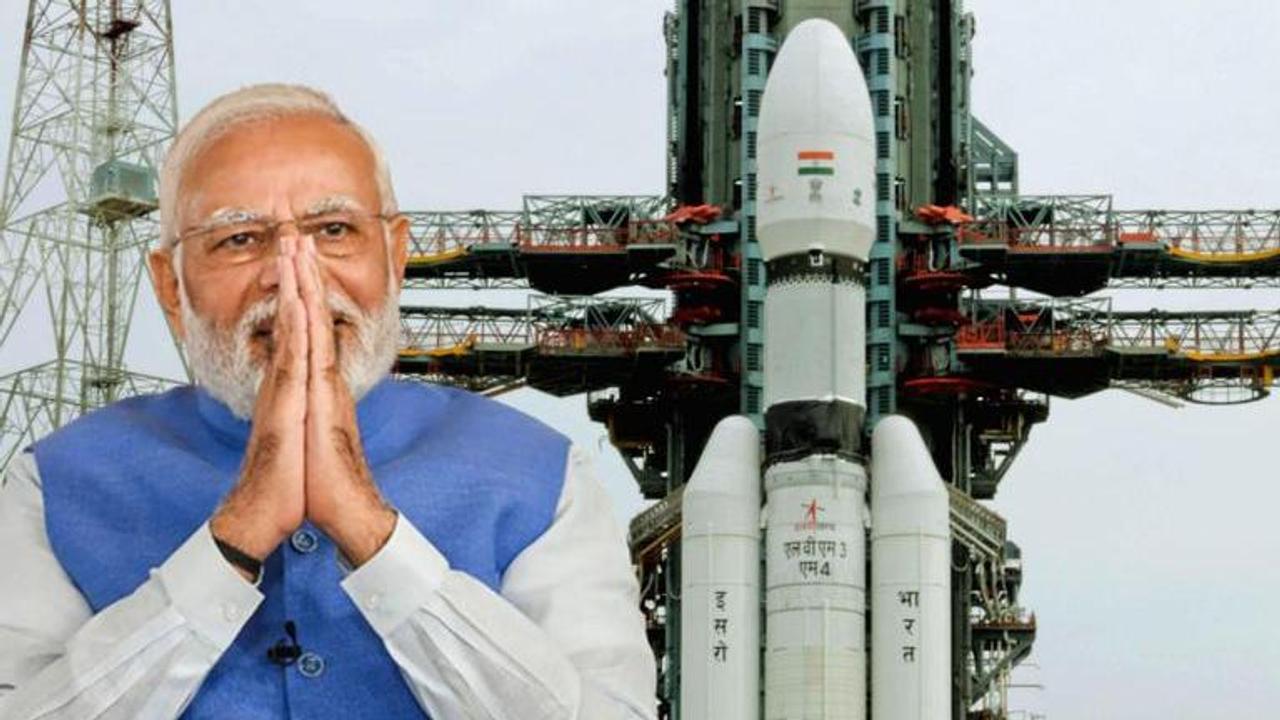Published 12:25 IST, July 14th 2023
PM Modi airmails best wishes to India for Chandrayaan-3, 'Mission carries our dream'
PM Modi lauded the efforts of scientists at the Indian Space Research Organisation (ISRO) for reviving India's lunar mission dream.
- India News
- 3 min read

"This remarkable mission will carry the hopes and dreams of our nation," said Prime Minister Narendra Modi ahead of the launch of India's ambitious lunar mission, Chandrayaan-3, scheduled to take place at 2:35 pm today from the Satish Dhawan Space Centre in Sriharikota, Andhra Pradesh.
PM Modi, who embarked on his France journey on July 13 to attend the annual Bastille Day Parade as a guest of honour, lauded the efforts of scientists at the Indian Space Research Organisation (ISRO) for reviving India's lunar mission dream. Further, PM Modi stated that today's date, i.e. July 14, 2023, will be etched in golden letters as far as India’s space sector is concerned.
"Chandrayaan-3 will be inserted into the Lunar Transfer Trajectory after the orbit-raising maneuvers. Covering over 300,000 km, it will reach the Moon in the coming weeks. Scientific instruments onboard will study the Moon’s surface and enhance our knowledge. Thanks to our scientists, India has a very rich history in the space sector," he added.
PM Modi recalls India's lunar missions in past
Earlier to the Chandrayaan-3 mission, India witnessed two separate attempts to achieve lunar exploration. While recalling the previous missions, PM Modi said, "Chandrayaan-1 is considered to be a path breaker among global lunar missions as it confirmed the presence of water molecules on the moon. It featured in over 200 scientific publications around the world."
The Chandrayaan-1, India's first mission to Moon, was launched successfully on October 22, 2008, from Satish Dhawan Space Centre(SDSC) SHAR, Sriharikota, Andhra Pradesh.
"Till Chandrayaan-1, the moon was believed to be a bone-dry, geologically inactive and uninhabitable celestial body. Now, it is seen as a dynamic and geologically active body with the presence of water and sub-surface ice. Maybe in the future, it can be potentially inhabited!" he added.
PM Modi, however, stated that Chandrayaan-2 was too equally pathbreaking because data from the Orbiter associated with it detected the presence of chromium, manganese and sodium for the first time through remote sensing. "This will also provide more insights into the moon’s magmatic evolution," he added.
India's second push for lunar exploration kickstarted on July 22, 2019, when the Chandrayaan-2 mission was launched. The rover and lander were supposed to make a smooth landing on Moon's surface, but some software glitch led to a crash.
However, India is set to rewrite history as Chandrayaan-3, the third lunar exploration mission, is poised for launch as part of the fourth operational mission (M4) utilising the LVM3 launcher. This mission encompasses an indigenous propulsion module, lander module, and rover, all aimed at developing and showcasing novel technologies necessary for inter-planetary missions.
Updated 12:25 IST, July 14th 2023
